What is the Highest Altitude You Can Skydive From?
Skydiving Safety
Posted by: Wisconsin Skydiving Center 2 years ago
Skydiving altitude varies from one skydiving center to another depending upon: the class of airspace the dropzone flies through; the type of aircraft used; and even the weather conditions on any given day. Inquisitive first-time skydivers tend to have a lot of questions – including the popular one, what is the highest altitude you can skydive from?
You asked and, as your resident skydiving experts, we are happy to answer. In fact, we will do even better. Here’s the scoop on different skydiving altitudes, starting at the top!
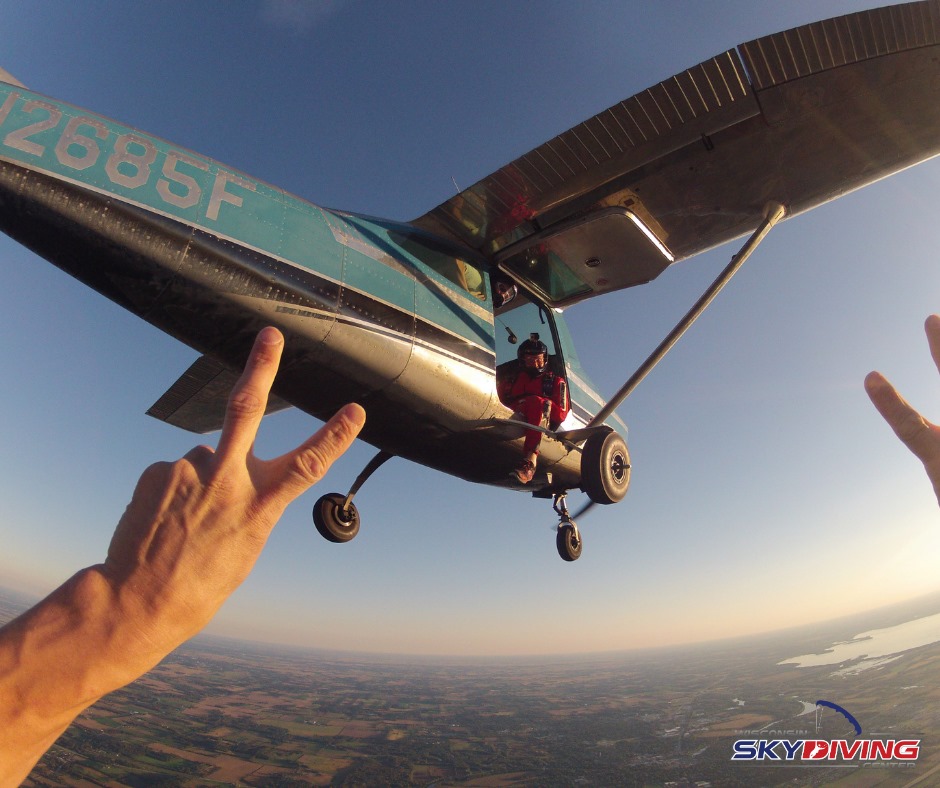
Can You Skydive From 50,000 Feet?
The highest verified altitude you can skydive from in the United States is 30,000 feet. For context, this is in the range of standard cruising altitude for a commercial airline and about 7 miles up. In other words, much higher than your average skydive at 10,000 feet or nearly 2 miles up!
Currently, a skydive from this altitude is offered seasonally at only one skydiving dropzone in the world. A skydive from this altitude is so rare because of the care and consideration that must be taken, which exceeds even the stringent requirements of skydiving from typical altitudes. For starters, it requires specific approval from the Federal Aviation Administration as well as a waiver to fly above 28,000 feet. Additionally, individuals wanting to jump from this altitude, including tandem skydivers, must have an FAA Class 3 medical certificate (or equivalent) and participate in physiological training.
A skydive from 30,000 feet also requires specialized breathing equipment. Because the air pressure is greatly reduced at these extremely high altitudes (meaning the number of oxygen molecules in the air decreases), the risk of hypoxia is extremely high. To mitigate the risk of hypoxia, participants must breathe pure oxygen for about an hour prior to taking off, and receive oxygen supplements on the way to altitude.
As you can imagine, because of all the requirements, these HALO (High Altitude, Low Opening) tandem skydives are quite pricey. Jumps from this height cost thousands of dollars.
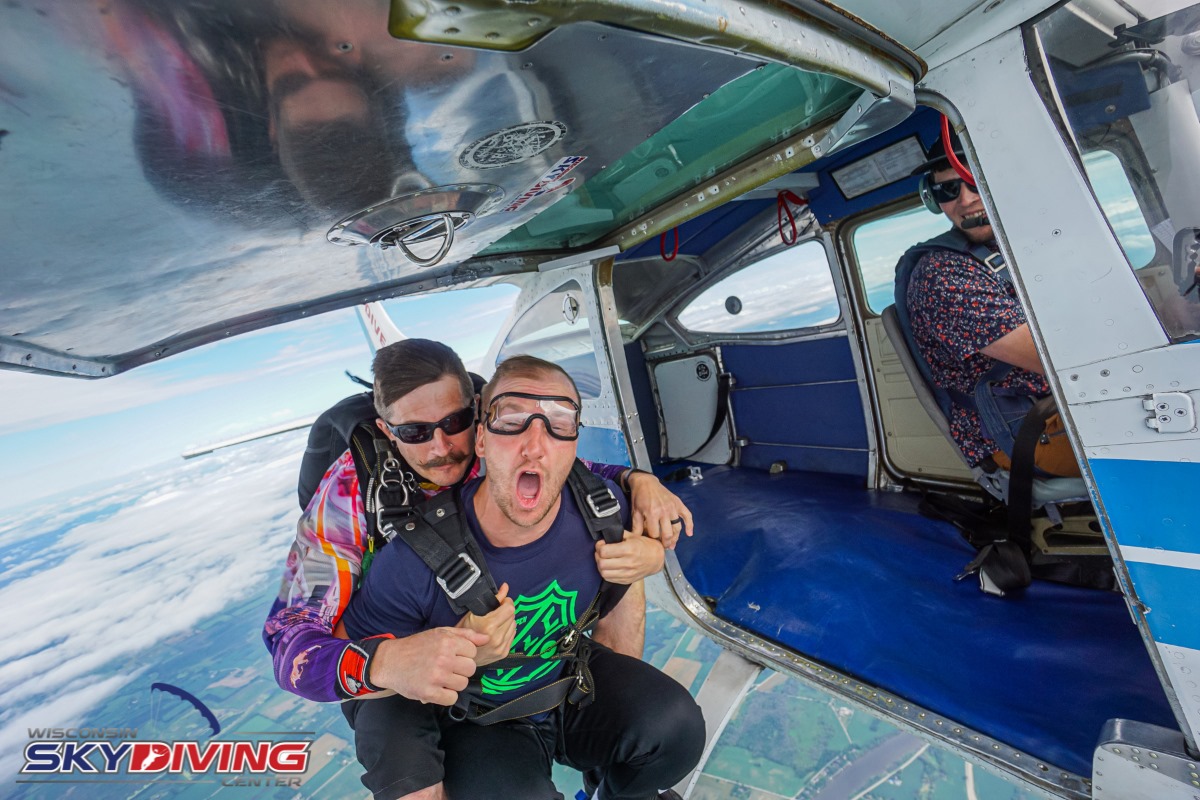
How High Are Typical High Altitude Skydives?
Facilities that offer high altitude skydiving typically ascend to 18,000 feet. Even these facilities, though, are few and far between. This is because the aircraft and the specialized equipment necessary are extremely expensive and require frequent (also expensive) maintenance.
What’s the Highest You Can Skydive From Without Oxygen?
Oxygen is required for any skydive over 15,000 feet – any higher will introduce a new range of considerations.
According to the Skydiver Information Manual: “The reduced oxygen, lower atmospheric pressure and temperature, and the higher winds and airspeed above 15,000 feet MSL make skydiving more hazardous in this region than at lower altitudes.” The SIM also goes on to state that the most immediate concern at these higher altitudes is oxygen deficiency (hypoxia).
Skydives below 15,000 feet do not require supplemental oxygen.
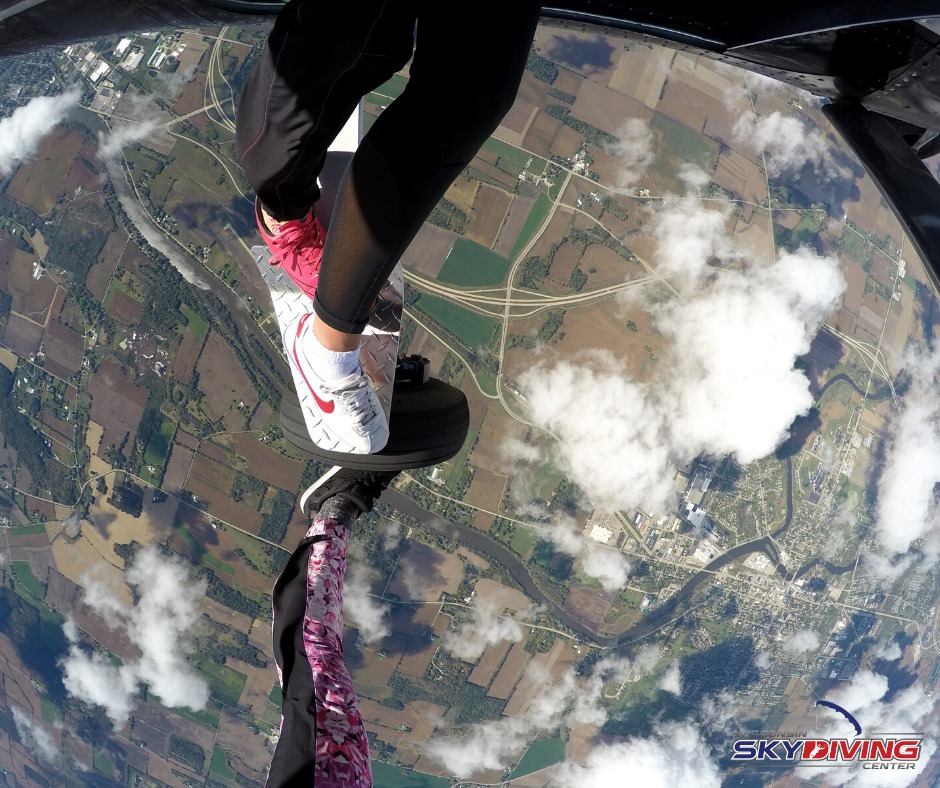
What is the Normal Skydiving Altitude?
The normal skydiving altitude at most skydiving centers falls between 10,000 and 14,000 feet. Across the United States, the most common skydiving altitude is 10,000 feet. In order to reach higher altitudes in a time-efficient and cost-effective manner, a skydiving center must have a turbine aircraft.
How Long Do Skydives Last?
A skydive consists of two primary parts: the freefall and the canopy ride. Because the parachute deployment altitude is pretty standard across the board (somewhere between 6,000 and 5,000 feet), the only real difference you experience jumping from different altitudes is the amount of time spent in freefall.
The freefall time from extremely high altitude jumps like the 30,000 ft HALO jump mentioned above is around 170 seconds or 2.5 minutes. A more typical, although still fairly rare, high-altitude skydive from 18,000 feet has a freefall time of 80 seconds or 1 minute and 20 seconds. The typical skydiving freefall time is about 60 seconds.
At Wisconsin Skydiving Center, you will freefall for approximately one minute before the parachute is deployed and you glide through the sky for another 5 to 7 minutes.
Are you ready to reach new heights? Schedule your first tandem skydive today!
Categories:
You May Be Interested In:
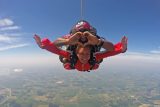
23 of the Best Skydiving Quotes and Captions for Social Media
2 months ago by Wisconsin Skydiving Center
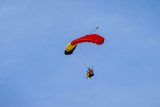
What Is Swooping In Skydiving?
4 months ago by Wisconsin Skydiving Center
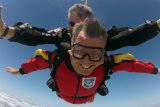
What’s a Skydiving AAD & Why It Matters
10 months ago by Wisconsin Skydiving Center

How Much Experience Do Skydiving Instructors Have?
11 months ago by Wisconsin Skydiving Center